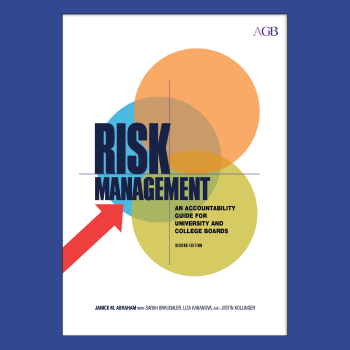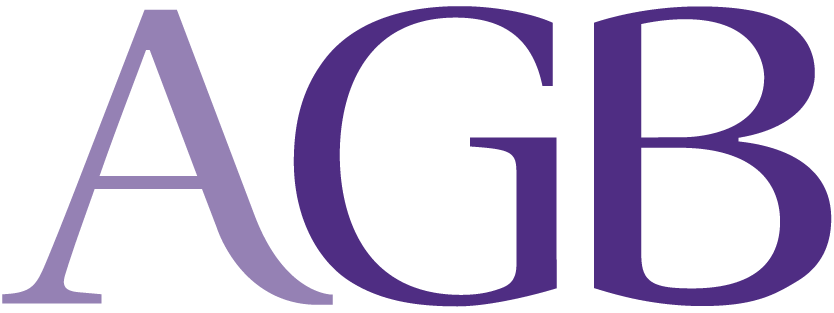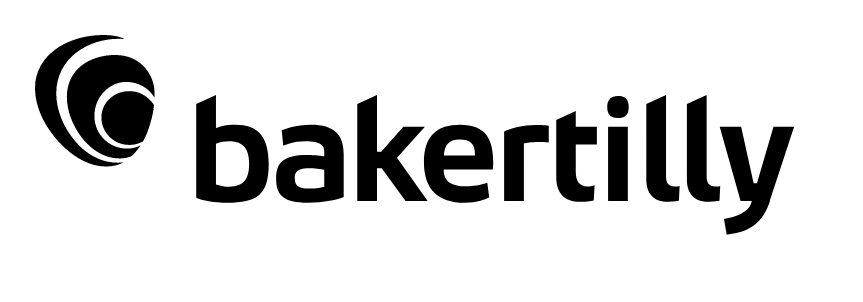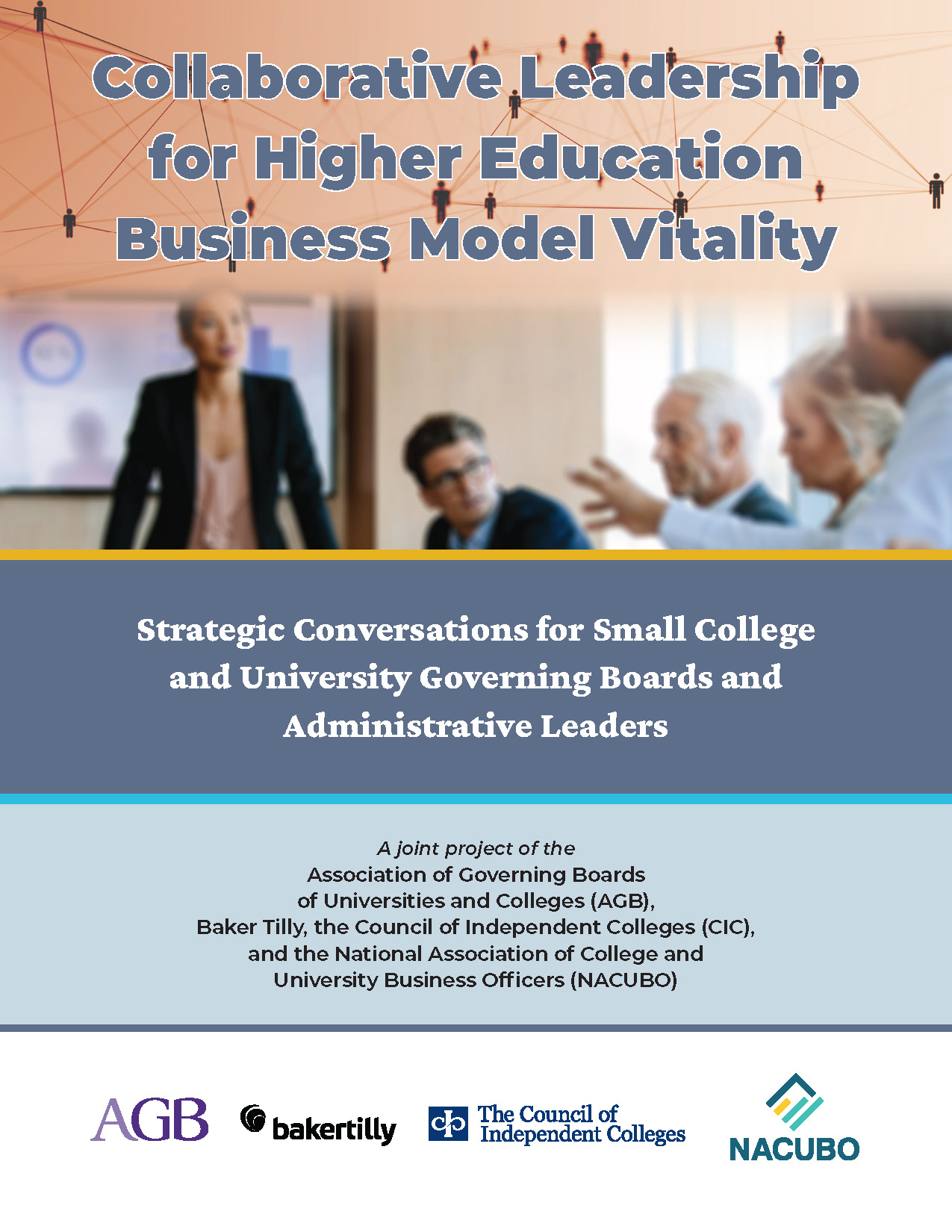
Foundational Information
Risk Management: An Accountability Guide for University and College Boards, Second Edition
In Risk Management: An Accountability Guide for University and College Boards, Second Edition (AGB, 2020), lead author Janice Abraham offers an extensive list of all the challenges higher education is facing and then concludes, “the reality is stark, and higher education must adapt to survive.”1 To do so, Abraham proposes as a starting point that institutional leadership should consider their approach to risk management as a business process based on four principal tenets:2
 Identifying risks across the entire enterprise
Identifying risks across the entire enterprise
 Assessing the impact of risks to the operations and mission
Assessing the impact of risks to the operations and mission
 Developing and practicing responses or mitigation plans
Developing and practicing responses or mitigation plans
 Monitoring and identifying risks, holding the risk owner accountable, and consistently scanning for emerging risks
Monitoring and identifying risks, holding the risk owner accountable, and consistently scanning for emerging risks
Small private colleges and universities with fewer financial resources are especially vulnerable and face greater challenges (as well as intriguing opportunities), but these challenges often afford leaders little time to act.
Abraham calls on boards and senior leadership to consider categorizing institutional risks in four buckets: strategic, operations, finance, and compliance risk. By defining risks in this way, she believes leadership can break down the organizational silos that have historically plagued the effectiveness of higher education’s approach to risk management by encouraging administrative leadership to look across the entire enterprise for new and/or emerging risks while paying particular attention to those risks that occur in-between the silos’ gaps.3
1 Janice M. Abraham, Sarah Braughler, Liza Kabanova, and Justine Kollinger, Risk Management, Second Edition: An Accountability Guide for University and College Boards (Washington, D.C.: Association of Governing Boards, 2020), x.
2 Abraham et al., Risk Management, Second Edition, 6.
3 Abraham et al., Risk Management, Second Edition, 6.







